
Aquae Tauri: update on the excavations - A report by Luca Seidenari
In 2018 there was a new excavation season for the Achelous Project. To better understand the situation of the excavations at the archaeological site of Aquae Tauri we spoke to the coordinator of the site, Stefano De Togni, whom we thank for his availability and collaboration. This is the second year of the excavation campaign at Aquae Tauri (see also "Aquae Tauri, The Achelous Project"). The Achelous Project is an initiative of the University of Bologna and of the University of Rome "La Sapienza". It is directed by Professor Massimiliano David, in collaboration with Professor Francesca Romana Stasolla.
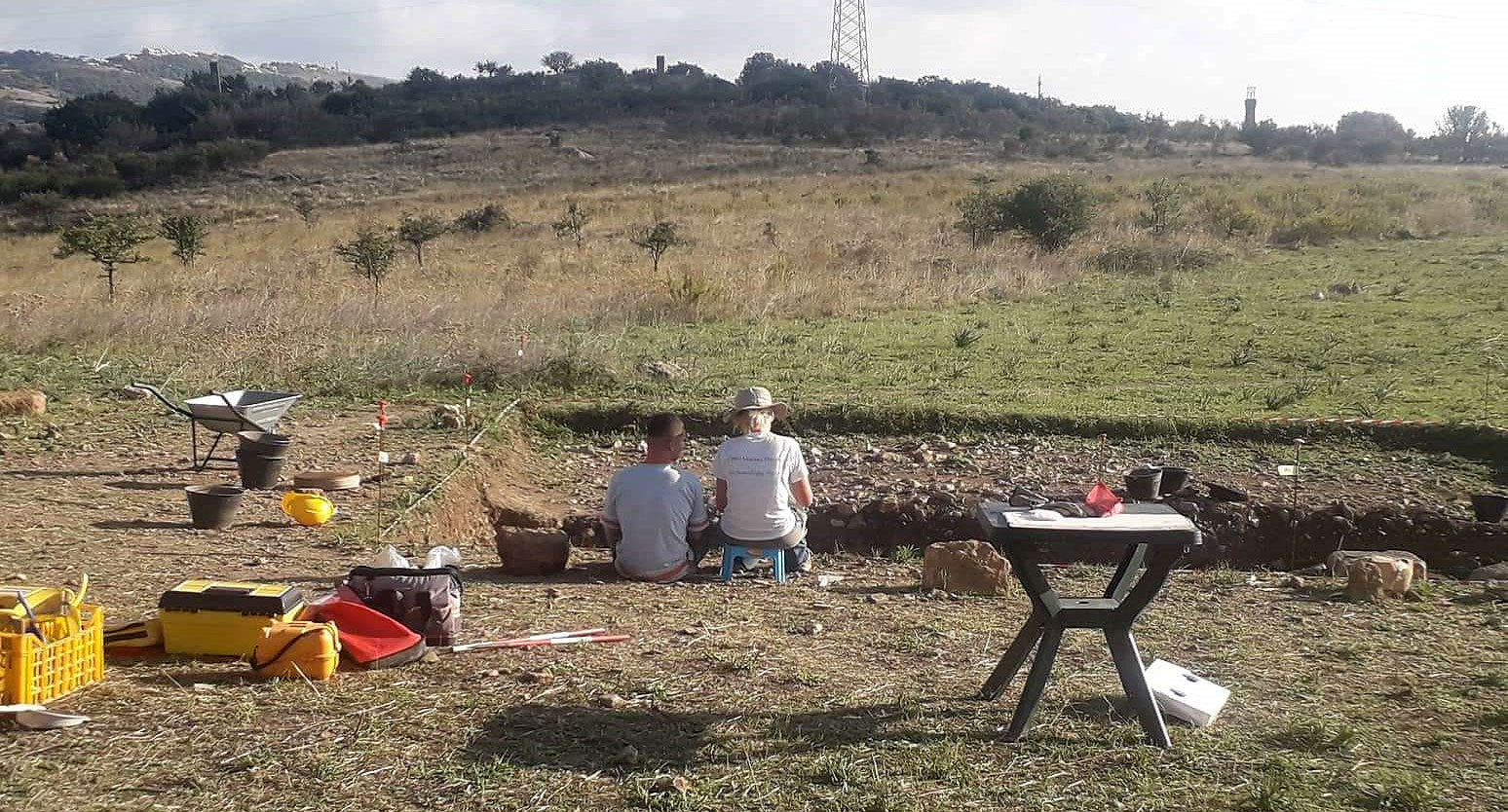
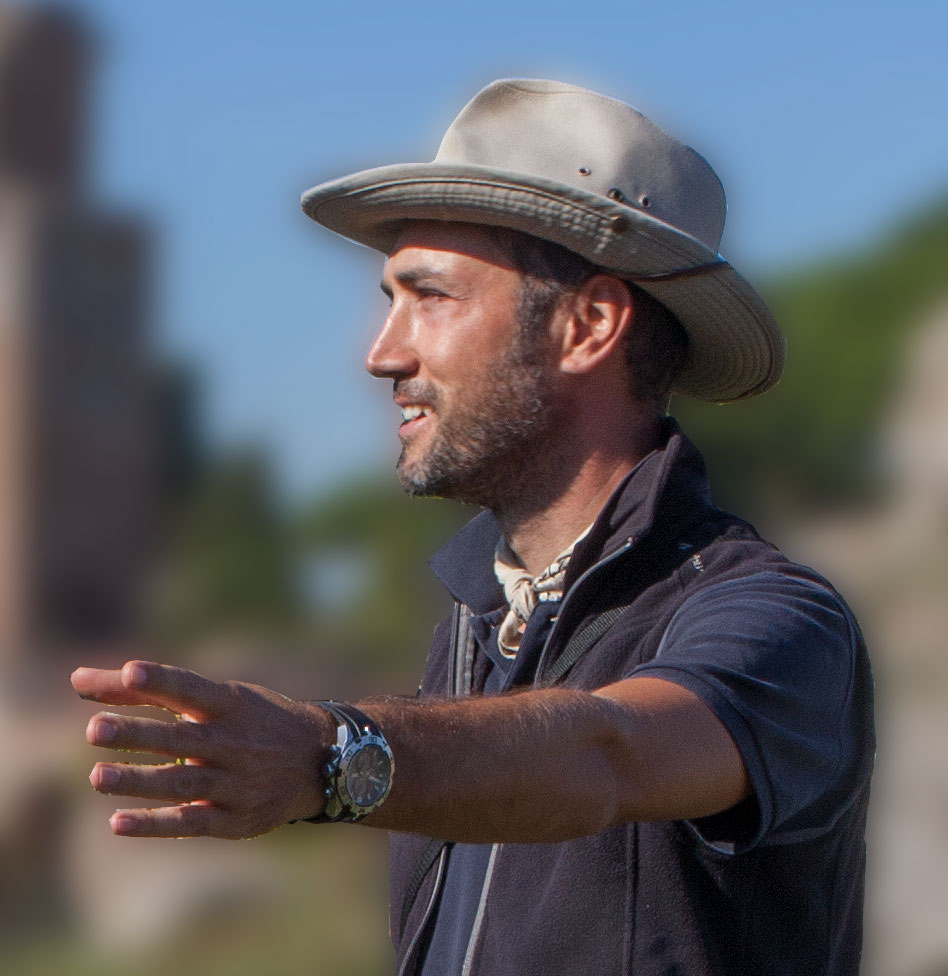
Stefano De Togni explains: "Last year we started the research campaign with a vast geophysical survey. The magnetometric research gave us the image of a large constructed area, with several traces of ancient structures and especially a large, rectangular artificial terrace. So we carried out a first stratigraphic test that has allowed us to confirm the results of the prospecting.
This year we have doubled the surface of the examined area, focusing our attention on a room measuring approximately 7 x 4 m, which is located along the southern side of the large rectangular structure. This building was originally a shop/workshop, as indicated by the typical recessed threshold for the closing panels of the entrance. The current state of conservation is almost everywhere up till the first row of stones of the raised wall. After the walls had collapsed many materials were taken away to be reused elsewhere. The excavations allowed us to document levels datable to the fifth century AD, corresponding to the period of the last inhabitation of the building. However, the original layout seems to date from the early imperial period.
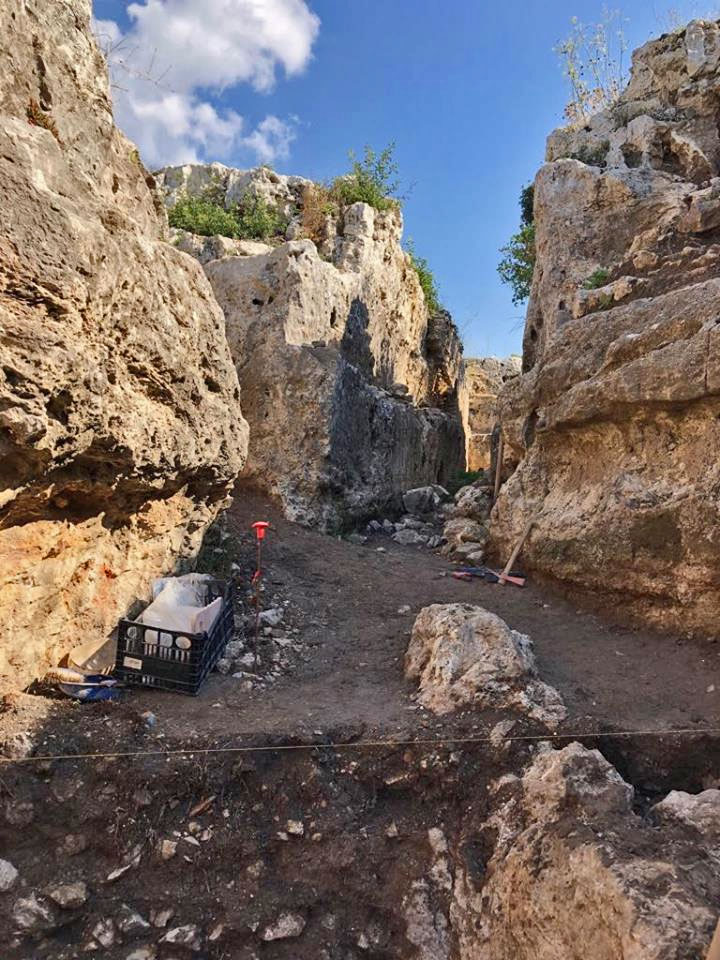
The large artificial terrace of about 150 x 100 m that was identified during the prospection regularized the top of this hill, and was certainly in connection with the large pool in which the hot water of 53° was canalized, which still flows today from the soil nearby. Traces of a lead fistula (pipe) were also found. This pipe was almost certainly used to mix cold and warm water to make it bearable to those who immersed in it.
There was also a very elaborate and efficient draining system, which we could define as "overflows". A narrow canal has been documented along the perimeter of the pool, where the water overflowed and was drained. The shape of the rather rounded steps is caused by the calcareous deposits formed over the centuries: originally the steps were square, as can be seen where the deposits are missing.
The basin was inside a rectangular vaulted room with niches (semicircular and rectangular). To enter the building only a small door was made to avoid the heat leaving the hall. We must imagine the great barrel vault full of hot steam with condensation that fell down in the form of droplets. It is interesting to note that the foundations are cut in the rocky bank, according to a construction technique also documented in other investigated buildings. Considering the structures and materials found during the excavations, one can certainly think of the use of this building throughout the course of the imperial age.
This legendary place is mentioned, among other things, in the "De reditu" by Rutilius Namatianus at the beginning of the 5th century AD. Nevertheless we still know too little. So we are standing at the beginning of a long and difficult task, to be continued in the years to come.
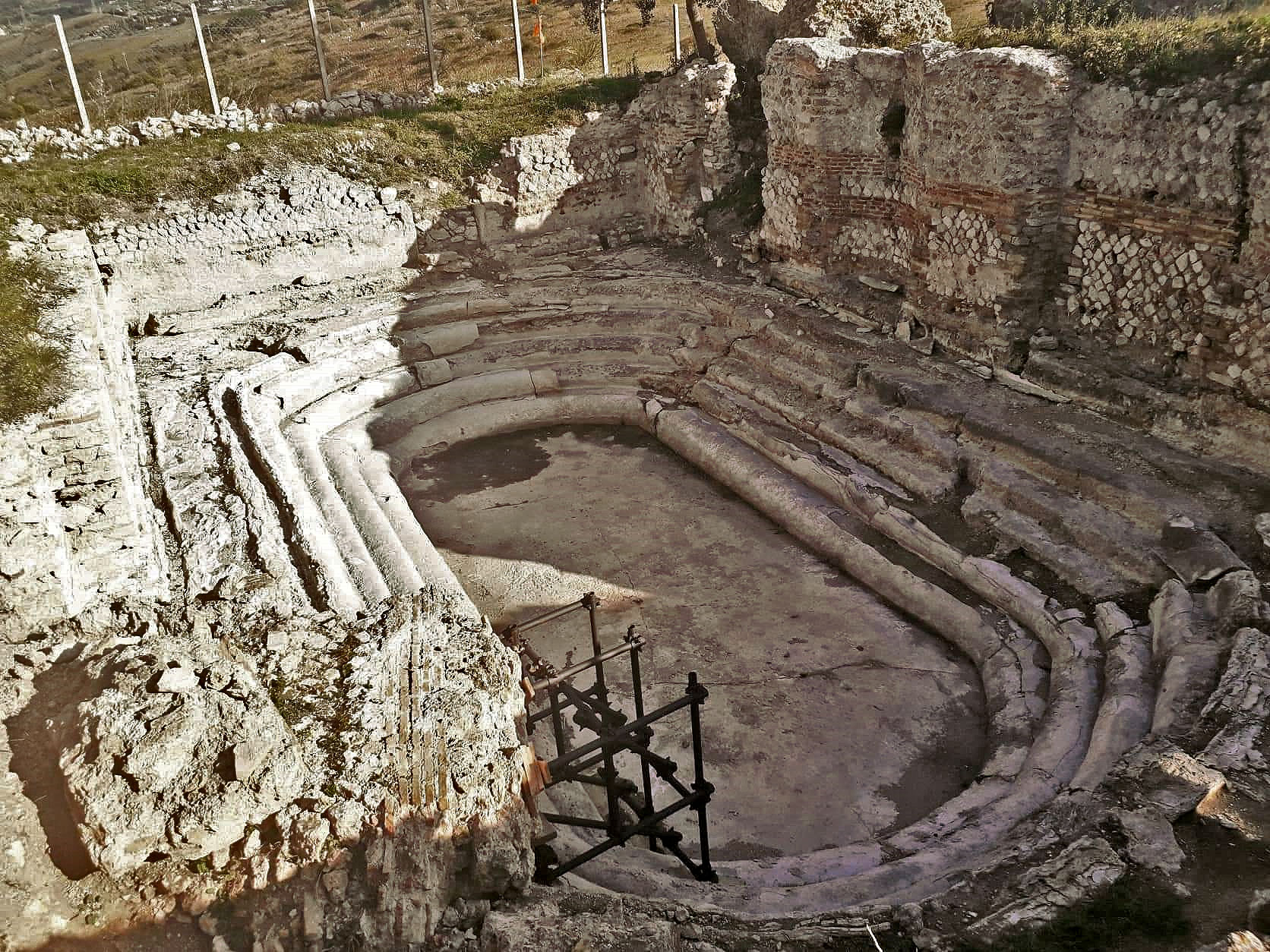
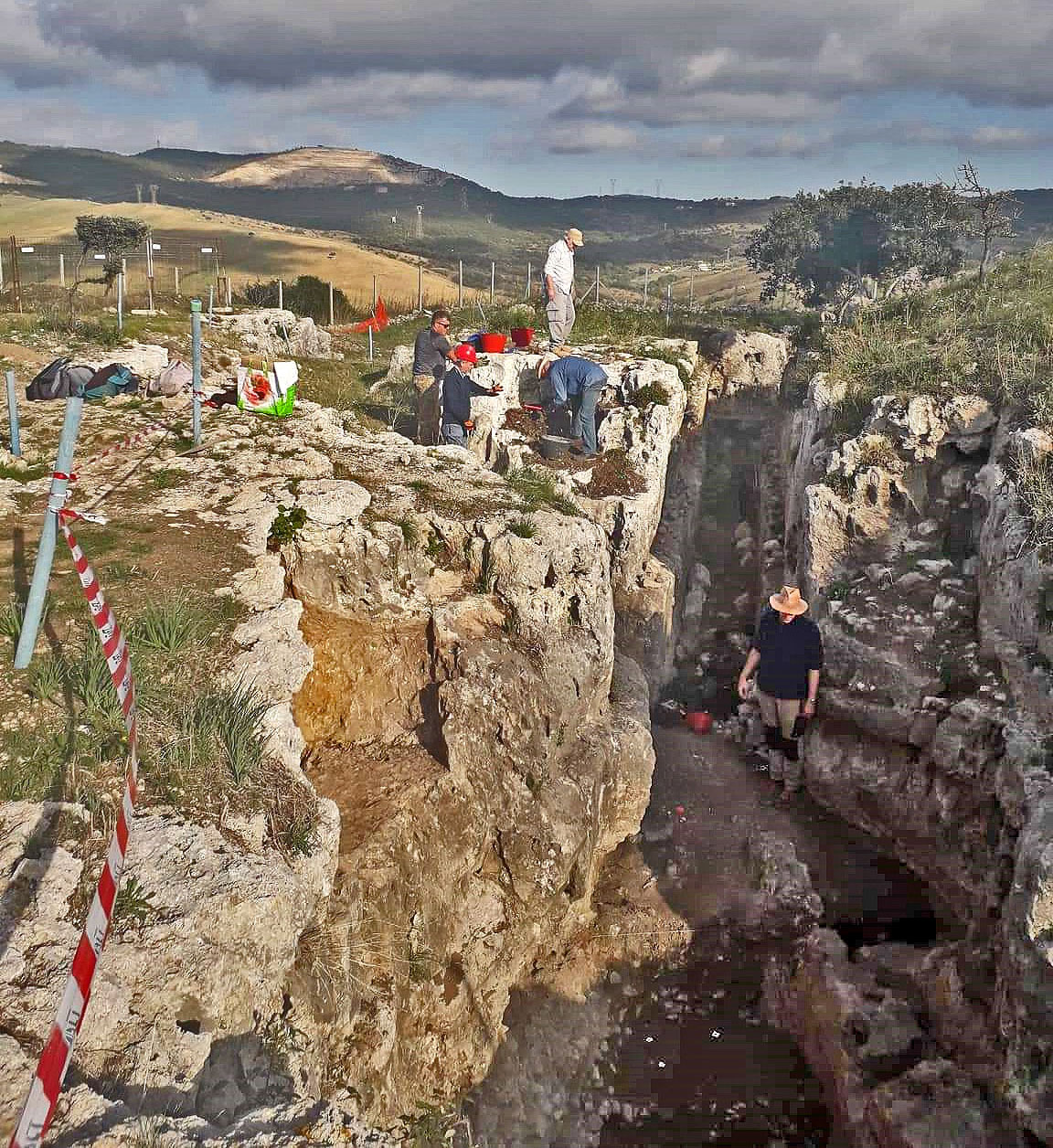
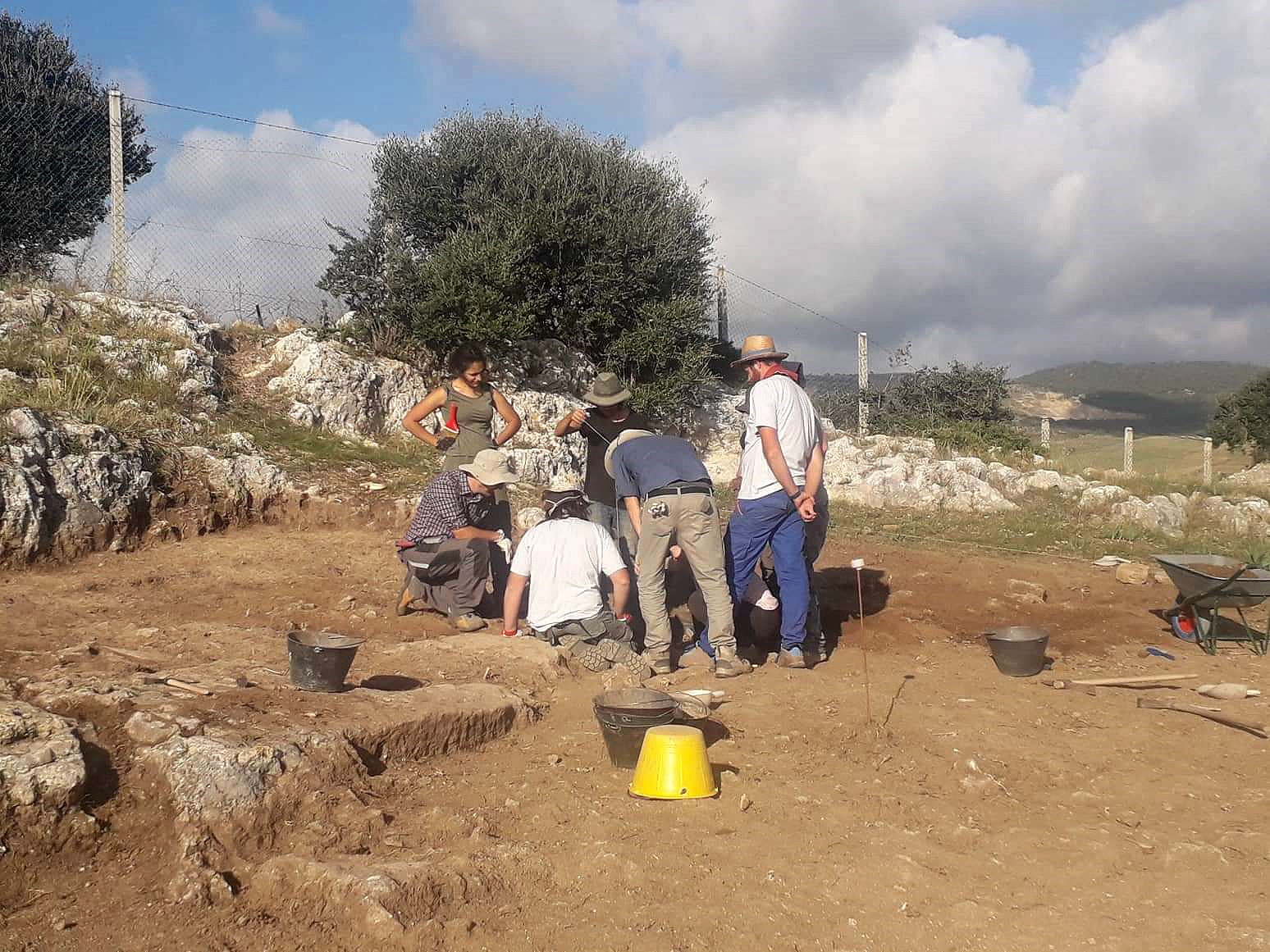






 We are committed to providing versions of our articles and interviews in several languages, but our first language is English.
We are committed to providing versions of our articles and interviews in several languages, but our first language is English.